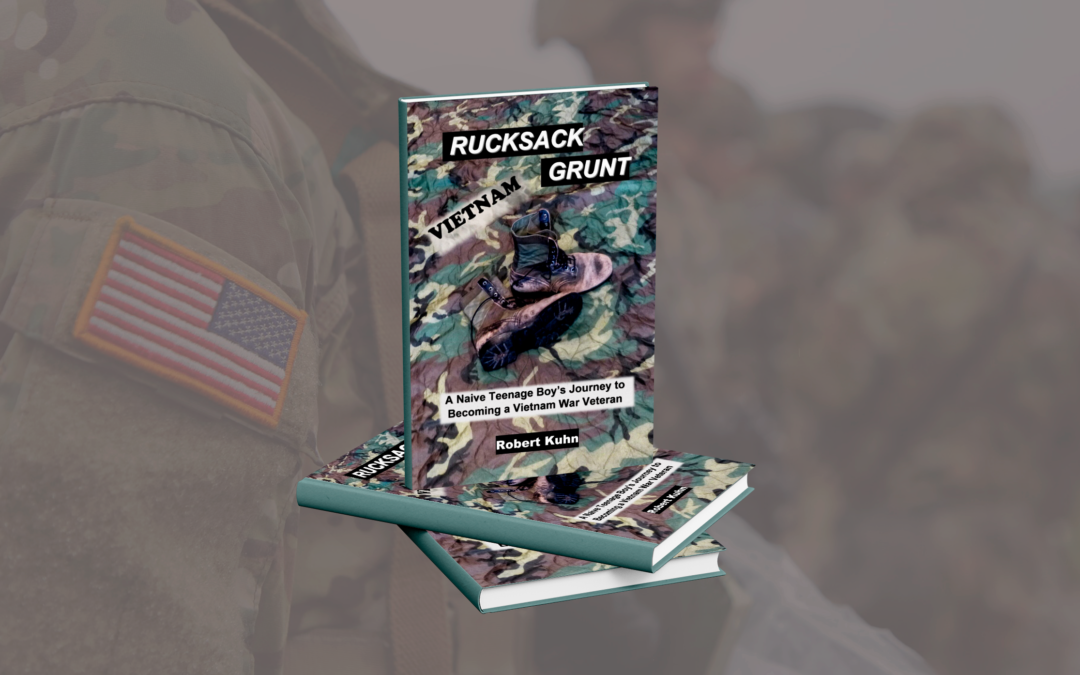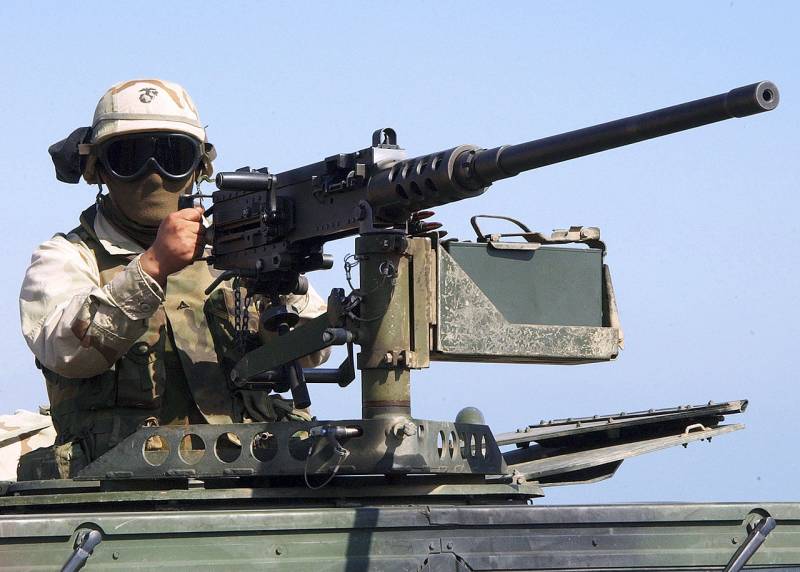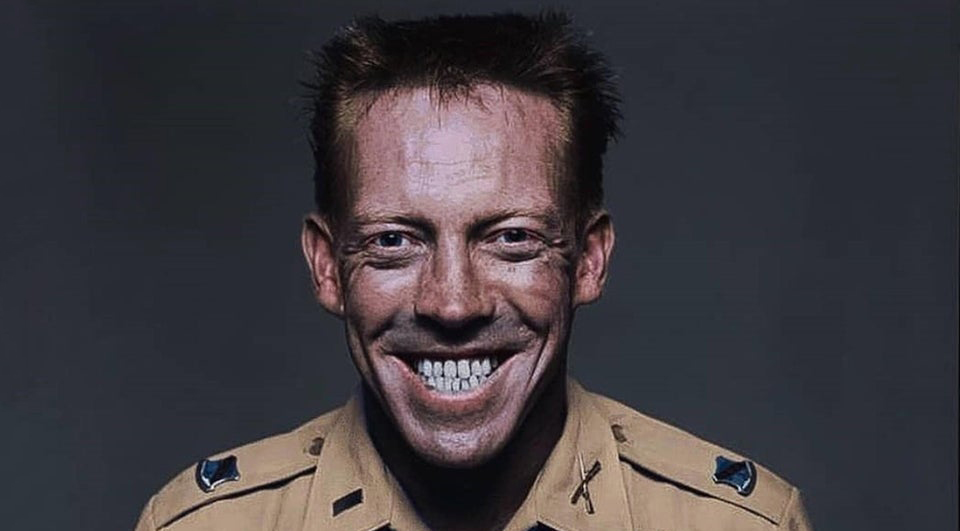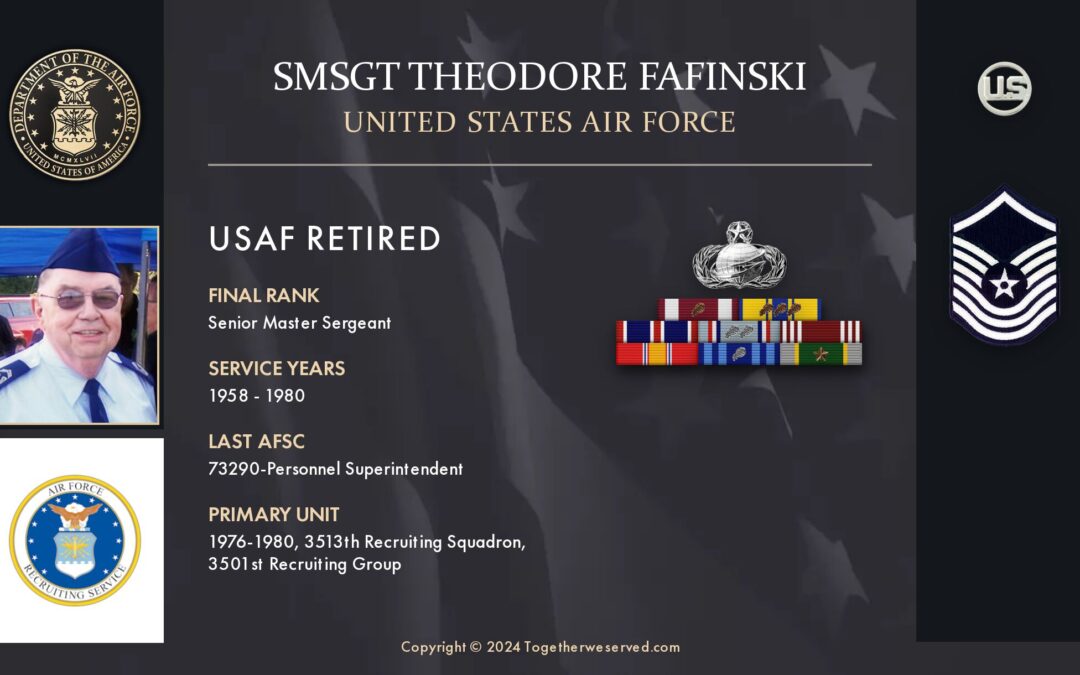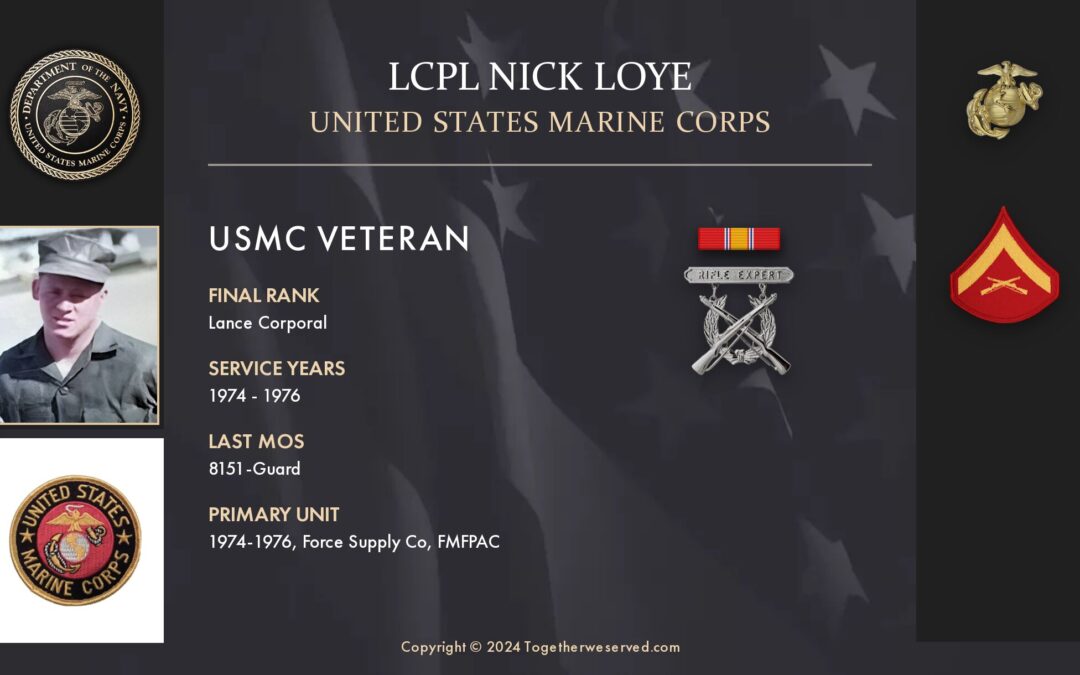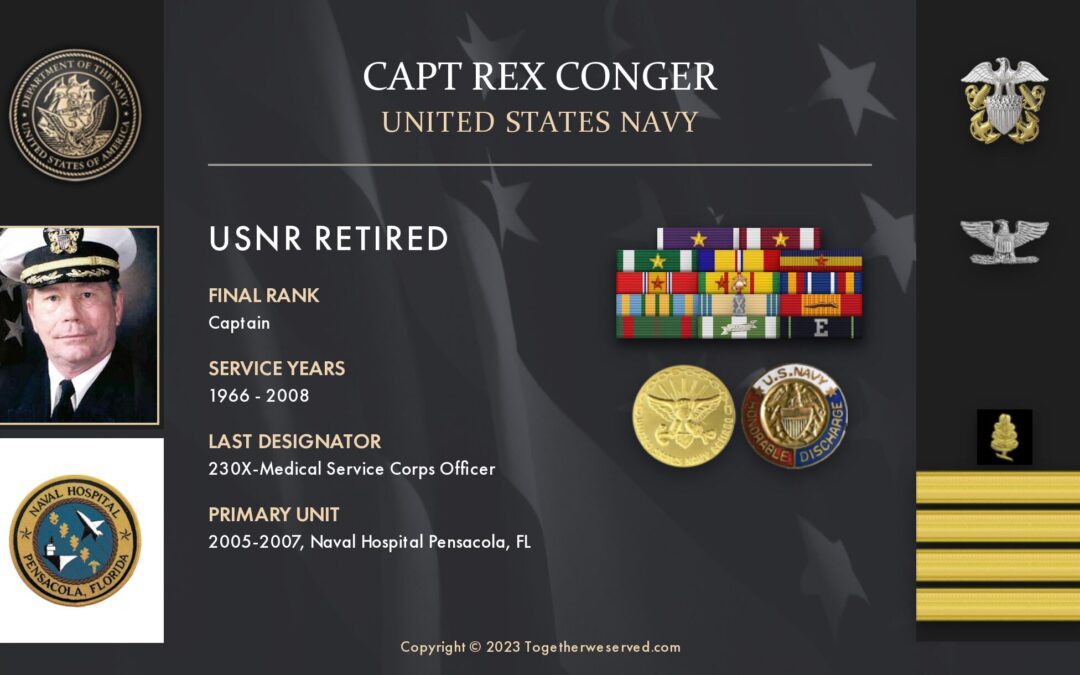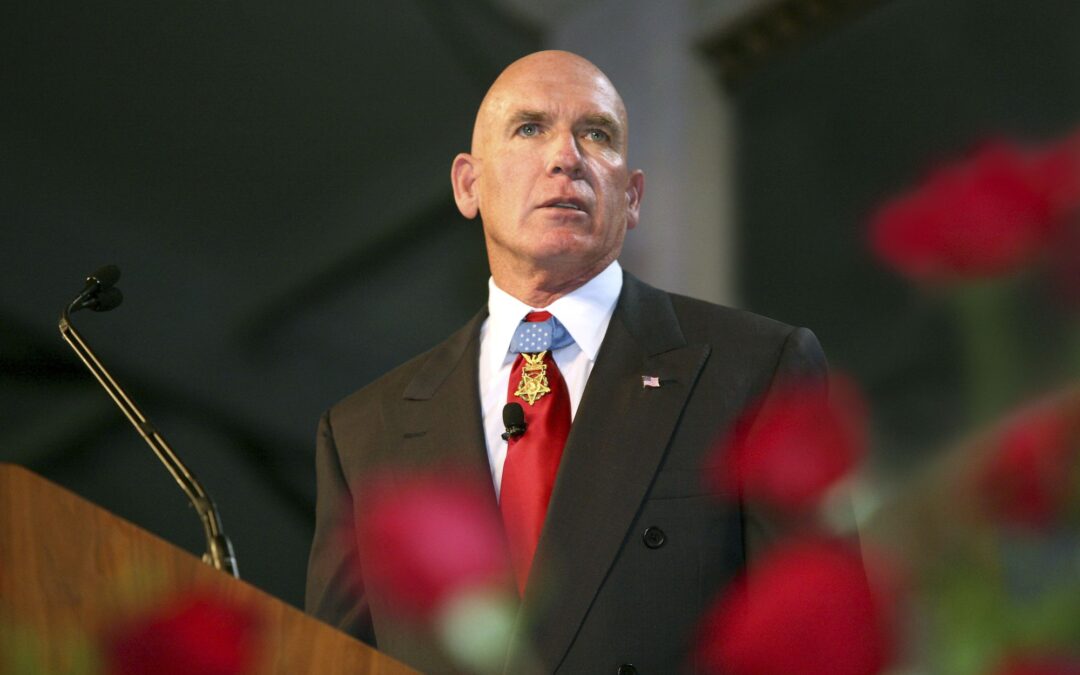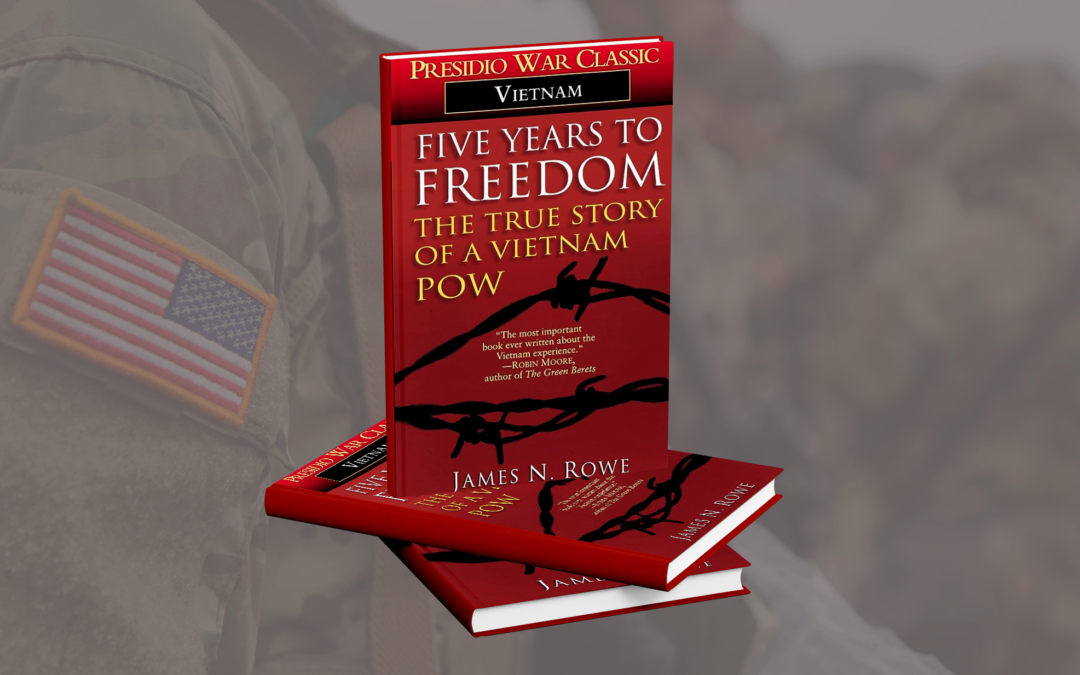Rucksack Grunt author Robert Kuhn served in the US Army between 1970 and 1972 in the 1st Battalion, 22nd Infantry. He ventured out of the suburbs of Pennsylvania into the dangerous jungles and mountains of Vietnam’s Central Highlands. In his book, Kuhn details the traumatic and even disturbing encounters he experienced as a ‘rucksack-carrying grunt’ on his tour of duty. Vietnam vets and those who love them alike have found common ground and insight in Kuhn’s writing. Kuhn was just a naive high school kid when he proposed to his high school sweetheart. His decision to seek out the means of obtaining an education and a job capable of supporting his fiancee would send him across the world and shape his life for decades to come. Rucksack Grunt is the result of a lifetime reckoning with that decision and its consequences. Reader Responses to Rucksack Grunt “Excellent! I went through it page by page, read the whole thing and loved it. Your story means a lot to me personally because...
